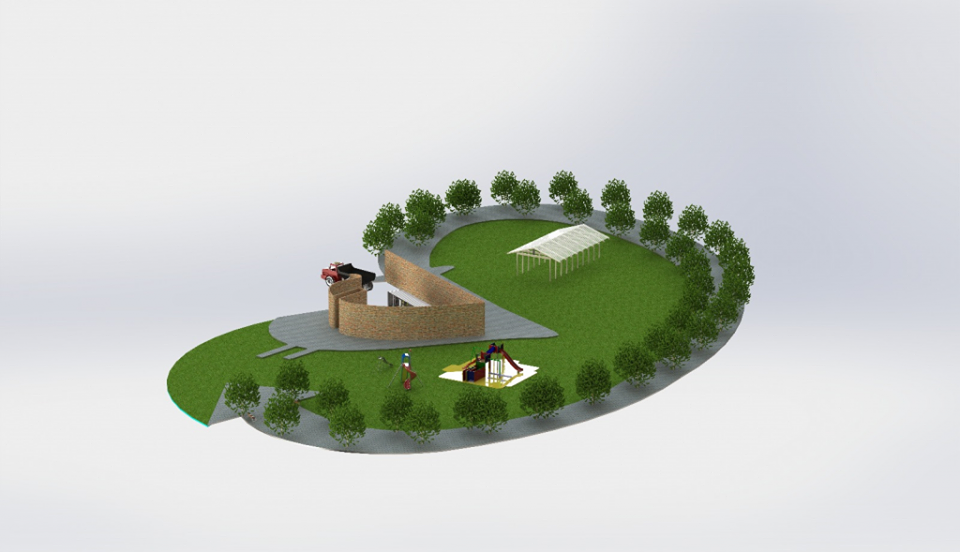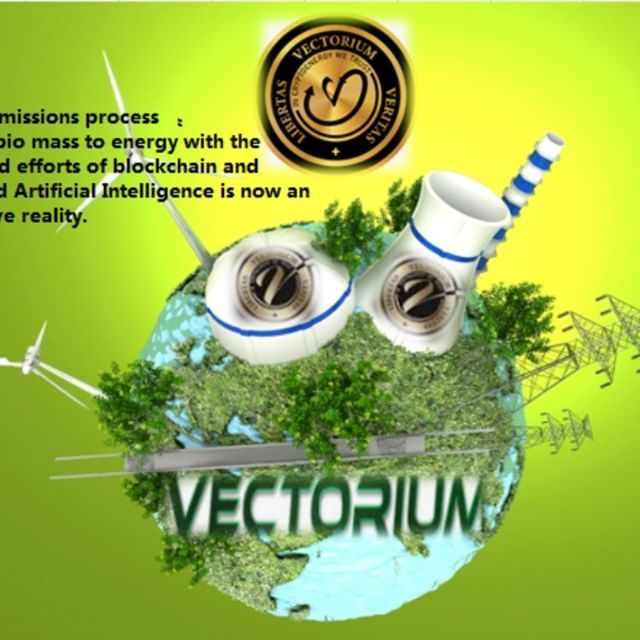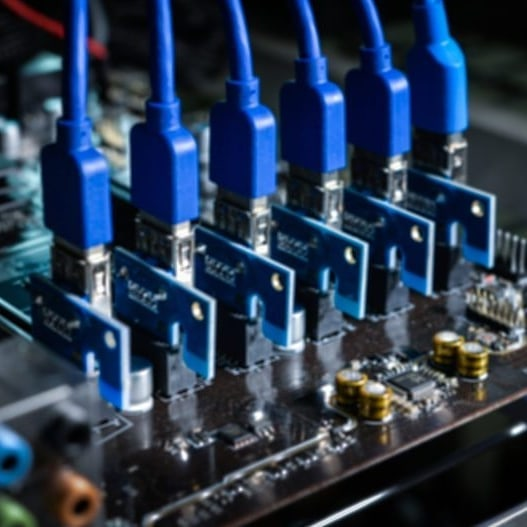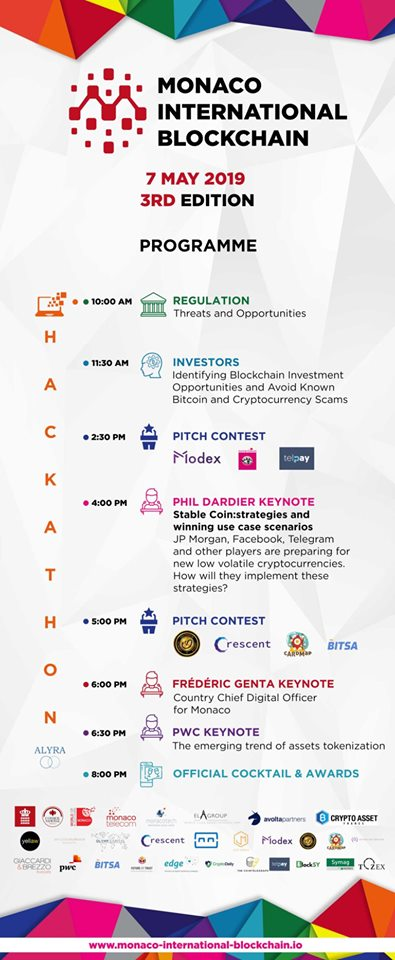Dispose of waste into Coins.
Dispose of waste into Coins.

The Vectorium Islands is a place where collectivity can produce renewable energy and cryptocurrecy. These islands produce electrical energy values that combine wind, sun and waste by good ecosystems that are governed by the blockchain and artificial intelligence. The Vectorium Islands are based on the Waste to Coin process.
Imagine a world where surplus is healthy, and an ecosystem will create wealth and provide a sustainable lifestyle in the lives of the wider community.
And all of that is a combined effort from blockchain and Artificial Intelligence that is sophisticated and now the results are becoming an innovative reality.
To realize all this is most likely due to factors:
hardware combination,
software,
intelligence
Our Vision:

Waste as an Energy Source
The tremendous increase in quantum and diversity of waste materials generated by human activities has focused attention on waste management options.
The level of waste generation is influenced by living standards, the level of industrialization and population density.
In general, the greater the economic prosperity and the higher the percentage of urban population, the greater the amount of waste produced. A good example is the oil-rich GCC countries which are among the most productive per capita waste producers in the world.
There is no doubt that there is a clear need to reduce, reuse, and recycle waste, but energy recovery from waste also obtains land as a vital method for managing waste.
Waste can be transformed into energy and clean and efficient fuels with a variety of technologies, ranging from conventional combustion processes to advanced plasma gasification technology.
In addition to energy recovery, such technology causes a substantial reduction in the total amount of waste that requires final disposal.
Waste-to-energy projects provide big business opportunities, environmental benefits, and energy security.
Raw materials for waste-to-energy plants can be obtained from a variety of sources including municipal waste, crop residues, and agricultural industrial waste.
Let's explore some of the main waste resources available on our Planet:

Municipal Solid Waste
At least 950 million tons of solid waste are collected annually in the world with most of it disposed of in open fields and landfills. The main energy resources in municipal solid waste consist of food residues, paper, fruits, vegetables, plastics, etc. That makes up as much as 75-80 percent of the total World World Trash collected.
Urban waste can be converted into energy with thermochemical or biological technology. At the landfill site, gas produced by MWW natural decomposition (called landfill gas) can be collected, scrubbed, and cleaned before being put into an internal combustion engine or gas turbine to produce heat and power.
The MWW organic fraction can be biochemically stabilized in an anaerobic digester to obtain biogas (for heat and energy) and fertilizer.
Waste sludge is a major nuisance for municipalities and the general public but is an excellent source of biogas, which can produce efficiency in sewage treatment plants.
Agricultural residues
The rest of the plant includes all agricultural waste such as bagasse, straw, stems, stems, leaves, bark, skin, pulp, stumps, etc. Large amounts of crop residue are produced annually throughout the world, and are greatly underused. Wheat and wheat are the main staple crops grown on Planet Earth.
In addition, large amounts of rice, corn, lentils, beans, vegetables, and fruit are produced throughout rural areas.
Current agricultural practice is usually to plow these residues back to the ground, or burn them, leave them to decompose, or be grazed by livestock. Agricultural residues are characterized by seasonal availability and have different characteristics from other solid fuels such as wood, charcoal, charcoal briquettes. Plant waste can be used to produce biofuels, biogas, and heat and energy through a variety of proven technologies.

Animal Waste
The livestock sector, especially sheep, goats and camels, play an important role in the respected world economy
The potential of animal waste biogas can be utilized both on a small scale and community scale. In the past, this waste was recovered and sold as fertilizer or only distributed to agricultural land, but the introduction of tighter environmental controls on odor and water pollution means that some form of waste management is now needed, which provides further incentives for waste-conversion to energy . The most interesting method for converting this waste material into a useful form is anaerobic digestion.
Wood Waste
The wood processing industry mainly includes sawing, plywood, wood panels, furniture, building components, floors, particle boards, molds, joints and handicraft industries. Wood waste is generally concentrated in processing plants, such as plywood mills and sawmills. In general, processing 100,000 kg of wood in the furniture industry will produce almost half (45%) waste, ie 45,000 kg of wood.
Likewise, when processing 1,000 kg of wood in sawmills, waste will amount to more than half (52%), i.e. 520 kg of wood. Wood waste has a high heating value and can be converted to energy with heat technology such as combustion and gasification.
Industrial waste
The food processing industry produces large amounts of organic residues and by-products that can be used as biomass energy sources. This waste material is produced from all sectors of the food industry with everything from meat production to waste that produces sweets that can be used as an energy source. In the past few decades, the fast-growing food and beverage processing industry has been very important in the major countries of the world.
Since the early 1990s, increased agricultural output has stimulated increased canning of fruit and vegetables as well as juice, drinks and oil processing in many countries.
Wastewater from the food processing industry contains sugar, starch and other solid organic matter. There is great potential for this industrial waste to be biochemically digested to produce biogas, or fermented to produce ethanol, and several commercial examples of the conversion of waste to energy already exist throughout the world.
THE PURPOSE OF THE VECTORIUM PROJECT ARE:
To establish a medium for creating unused property and energy from biomass and assembling crypto by using a comparable technique using blockchain and artificial intelligence.

In short, the goals of Vectorium are as follows:
Establish digital channels to transfer energy from terminals to other terminals and record all transactions on the eternal blockchain that was developed internally by the company;
Create an environmentally friendly cryptocurrency mining process from renewable energy sources;
Facilitating a seamless energy-to-cryptocurrency and cryptocurrency-to-energy exchange process;
ADVANTAGES OF VECTORIUM FLASH MINING:
Lightning fast exchange
Created to be mined solo in a network collection
Born to oppose the large guesthouse and ASIC pool container
Will be forfeited and recover in real strength.
HOW TO WORK VECTORIUM PLATFORM:

The Waste to Coin (WTC) process or as an alternative Coin from Waste (CFW) is just an energy and coin-generating system that is produced by electricity and cryptocurrency from waste processing. Renewable energy is generated through waste treatment to produce electricity which in turn will mine Cryptocurrency. The majority of WTC processes directly produce cryptocurrency and electricity and also produce combustible fuel commodities such as ethanol, methane, and synthetic fuels. Vectorium focuses on building and shipping more than three hundred Consortium islands by 2024.

VECTORIUM PLATFORM COMPONENTS:
A. Waste-to-Coin:
The Vectorium's task will be to actualize a "waste-to-Coin" framework, a partner-level imaginative technique for energy and coin recovery through strategies to collect computerized money and the influence of electricity from the use of waste. By influencing Waste-to-Coin, Vectorium creates power and assembles flammable fuels, which have plant items, methanol, methane, and others. Vectorium is trying to create a "computerized pathway to move energy from the terminal to alternatives and record all exchanges on the permanent blockchain that is growing inside by the company. In addition, Vectorium also wants to create an environmentally friendly crypto mining strategy that accommodates the environment from sustainable resources.
Vectorium Flash:
Vectorium Flash can be mined from everyone, and is supported by the latest code base implementing tree and winter security support. Faster time blocks give you to send and get coins for a matter of milliseconds.
Algo Variation Variations:
Vectorium combines vital mining and a POW framework that requires the use of strong and stable RAM without doubt kicking a huge ASIC farm.
Vectorium Winter Sweep & Overwinter:
This feature exchanges licenses to be sent faster than at other times, executing a solitary element to privatize client reserves while not requiring exceptional purses to be stored locally.
Vectorium Consortium (Island):
The Vectorium Consortium is placed wherever the collectivity will produce sustainable resources and digital money. The spots assemble the vitality value of power which combines wind, stars, and waste with an ethical framework that is controlled by the blockchain and AI which basically relies on the Waste to Coin technique.

WHY WE CHOOSE VECTORIUM PLUS PLATFORM:
Vectorium is a very good project that is worth considering for investment. This is a project with high relevance and real use cases. Vectorium will be one of the highest ranked Crypto Projects in the World. IEO is currently active on EXMARKET EXCHANGE. This is the right time to pocket your shares and join a successful journey.
Holding Vectorium plus gives you ownership of the Vectorium Island section.
Vectorium plus sales allows the creation of the Vector island where the main waste produces electricity and the Vectorium flash Coins
Holders are entitled to a fixed annual bonus of 20% (interest bet)
Environmentally friendly (does not require power usage)
Some are very attached to investing in Vectorium Consortium’s (Island)

The Initial Exchange Offer will consist of 3 rounds, the first two will occur at the ExMarkets LaunchPad while the last will invite interested parties to contribute via the https://www.vectorium.co/ website.
Leg I (-30%): July 1 00:00 GMT + 1–21 July 00:00 GMT + 1 | 1VCTP = $ 0.70 USD
Round II (-20%): July 21 00:00 GMT + 1–11 August 00:00 GMT + 1 | 1VCTP = $ 0.80 USD
Final Round (only at vectorium.co): 11 August 00:00 GMT + 1–30 September 00:00 GMT + 1 | 1VCTP = $ 1.00 USD
TOKEN SALES DETAILS:
Pre-Sales: This applies on the ExMarkets exchange which began on the first July and will end on the twenty-first of July 2019.
IEO prices have been pegged at 1 VCTP = $ 0.70

Description:
Token: VCTP
Type: Utility
Receiving Currency: ETH, BTC, LTC, FIAT, BCH, WAVES, XRP, ETC, USDT
Soft Cap 750,000 USD
Hard Cap 300,000,000 USD.
Blockchain: Vectorium's original blockchain
KYC: Required

ROADMAP

TEAM:


PARTNER:

For more information on the Vectorium Platform, please visit the link below:
Website: https://www.vectorium.co
Twitter: https://twitter.com/VectoriumSocial
Telegram: https://t.me/VectoriumProject
Instagram: https://www.instagram.com/vectorium.social
AUTHOR:
USERNAME: Dragonbal58
BITCOINTALK URL: https://bitcointalk.org/index.php?action=profile;u=2433951
ETH Address: 0xfc8C7417f2D808077cbBBF7B4f62A104b7603B57


Komentar
Posting Komentar